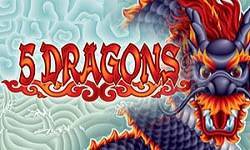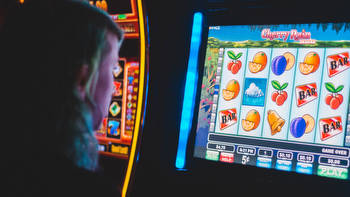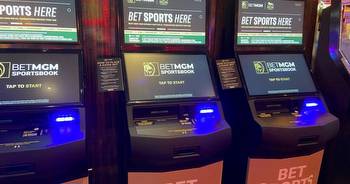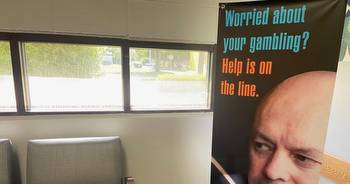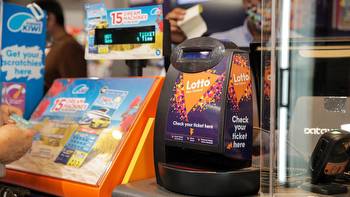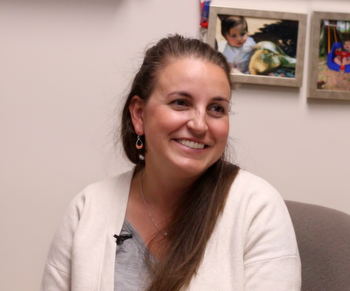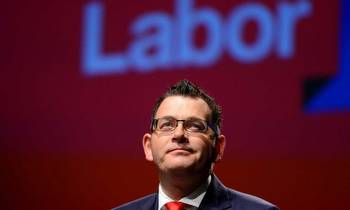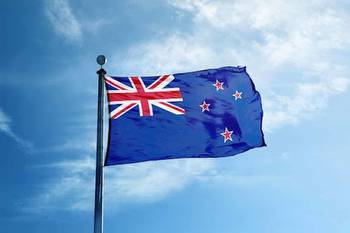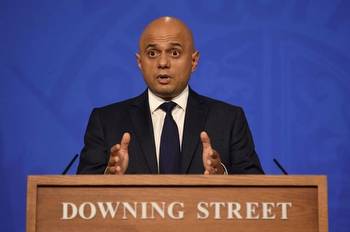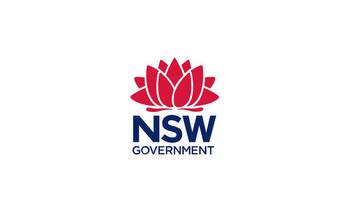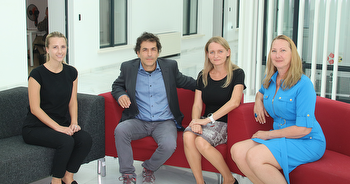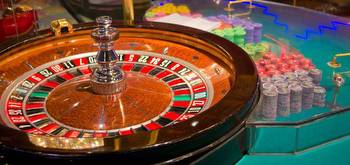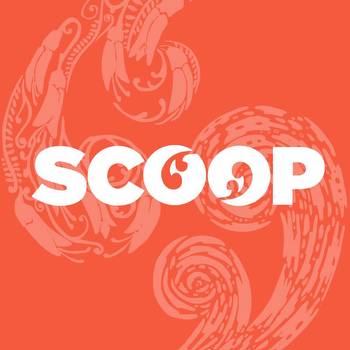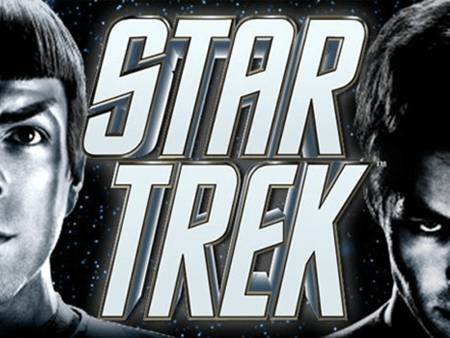Equity the New Focus in Battle Against Problem Gambling
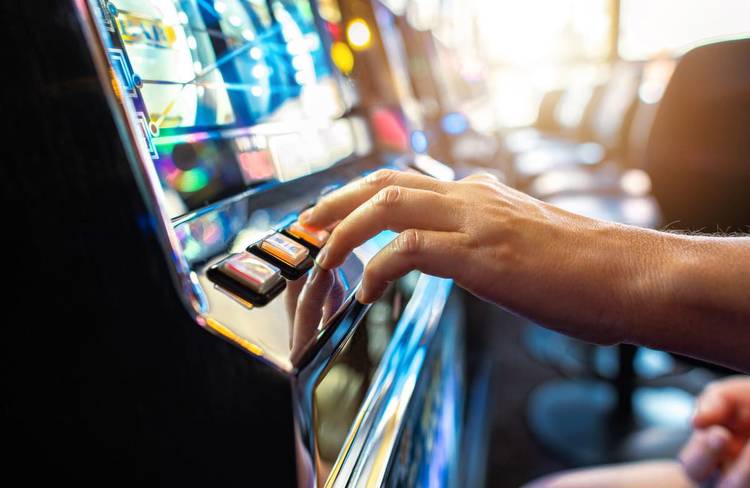
A new health strategy turns its sights on the stigmas and social inequities caused - and exacerbated - by problem gambling
The Ministry of Health has launched a new strategy to put equity in the centre of their response to preventing the harms of problem gambling, buoyed by publicly-funded research from the University of Auckland.
The rejigging of the approach to gambling-related harms will focus on filling current gaps in the spectrum of support services, reducing stigma and preventing problem gambling among groups of the population who are adversely affected, such as Māori, Pasifika, Asian people and young people.
The Health and Lifestyle survey by the ministry in 2020 found Māori were more than three times more likely to be moderate-risk or problem gamblers than non-Māori and non-Pacific people, while Pasifika were around two and half times more likely.
Meanwhile, an analysis of the survey over a number of years found the Asian population’s gambling risk factor was 9.5 times higher than compared with European/Other New Zealanders.
To even those odds, the ministry will commission new public health and clinical intervention services, which will include kaupapa Māori services and others based on Pacific and Asian world views.
This, along with a number of other new tactics, is expected to cost just over $76 million over the next three years. That’s an increase in almost $16 million over the previously measured three-year period, with more being spent on health and support services and ministry operating costs, and almost a million less on research and evaluation.
The changes come as research funded by the ministry is released which examines the effectiveness of different counselling treatments for problem gamblers.
Professor Maria Bellringer, director of the AUT Gambling and Addictions Research Centre, conducted a two-year randomised control trial to see whether cognitive behavioural therapy or motivational interviewing would have a bigger impact on people with gambling issues.
She was surprised to find the two treatments had broadly similar positive results across the 227 participants in the study, even two years after the treatment occurred.
“We were quite surprised because we thought the CBT with exposure therapy would have better outcomes in that the people in that treatment would have better outcomes, just because it was a longer more intensive treatment,” Bellringer said. “But both treatments were effective at a similar level.”
She said this backed up research saying if there is a good relationship between the therapist and the client, there is a good chance of positive outcomes irrespective of the type of treatment.
The study was conducted with people who had accessed gambling treatment services offered by the Salvation Army Oasis across New Zealand, which Bellringer said should help curb the effects of self-selection bias on the results.
People who got in touch with the Salvation Army Oasis for help were asked if they wanted to be part of the trial. The 227 recruited participants were then assessed four times: before they received their randomly determined treatment, at the end of the treatment, after one year and after two years.
The relatively long-term timespan of the study was another selling point for Bellringer’s research, with most randomised control trials only going on for around a year.
Fitting in with the Ministry of Health’s promises to spend more time and money reaching minority communities hit harder than others by gambling harms, Bellringer is resistant to the idea of labelling a single gambling treatment as the best, and going forward with that one.
“One size doesn’t fit all,” she said. “All individuals are different and people have different problems with gambling activities.”
Aside from demographic differences, New Zealand gambling is split across a number of forms, such as pokies, Lotto, online poker, sports betting and casinos.
Pokies pose the most harm by a fairly wide margin.
Bellringer said the latest data showed 60 percent of people who sought help for problem gambling were pokie players - 50 percent from pokies in bars and clubs and 10 percent from pokies in casinos.
However, while 70 percent of adults gamble, only 10 percent regularly use the pokies. This means a disproportionate amount of harm comes from the insidiously designed machines at the back of the local pub with their flashing lights and jackpot-promising jingles.
According to data from the Problem Gambling Foundation, New Zealanders lost a whopping $987 million on pokies outside of casinos in the 2020/2021 financial year - almost the exact same cost as the mental health and addiction package unveiled by Health Minister Andrew Little in May.
There are just under 18,000 pokie machines in New Zealand, with a large number placed in poorer communities.
“The pubs and clubs with gaming machines are disproportionately located in poorer areas,” Bellringer said. “And of course the poorer people are those who can least afford to lose their money.”
She noted a strong correspondence exists between gambling issues and substance abuse, meaning treatments targeting more than one issue at a time might be the way to go.
“Holistic treatments dealing with substance use in conjunction with gambling-related issues might be important, as substance use is highly associated with gambling problems,” she said.
Along with this is the need to reduce the stigma around gambling problems, which often acts as a barrier to people accessing treatment.
“People have told us that it’s more shameful to admit to having a gambling problem than admitting to having a drug problem,” she said. “The general public view is it’s a behavioural addiction so they think you can just stop. But behavioural addictions make the same changes to the brain as a drug addiction.”
The ministry’s strategy talks about the need to tackle the stigma, which it intends to do via a $3 million initiative focused on the priority populations encouraging people to access help.
That $3 million will cover market research to ask affected communities what the best way to deliver the message might be, before developing, testing and delivering an age- and culture-appropriate approach:
“This will be designed to challenge negative perceptions and stereotypes, to convey positive images of people who have gambling problems, and encourage people to seek help from available services.”







